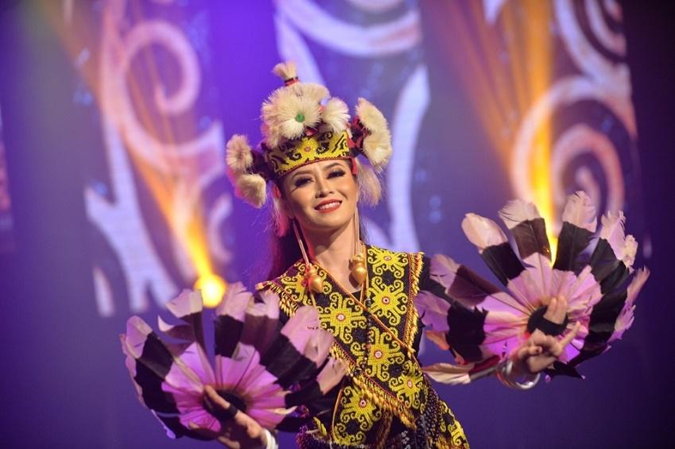ARTS AND CULTURE INFORMATION GATEWAY
Immerse yourself in the colorful world of art and culture! From traditional heritage to contemporary works, discover uniqueness that reflects the nation's identity and identity
TARIAN DATUN JULUD
Picture
1
Video
No record
Today's Visitor
269
Number of Visitors
1238
Introduction and history
Datun Julud means "long dance" in the Dayak Kenyah language, Hivan Joh in the Kayan dialect, and Arang Kadang in the Kelabit language. Traditionally, Datun Julud is performed by a group of women during ceremonial events of the Orang Ulu community.
This special dance, which focuses on expressing joy and gratitude to the Almighty, is said to have been created by Nyik Selong, the king of the Dayak Kenyah tribe in Apo Kayan. Nyik Selong was renowned and feared for his strength and exceptional skills in wielding weapons, making him nearly unbeatable.
However, he is said to have faced a personal dilemma as he had no heir. After a long wait for this moment of happiness, one of Nyik Selong’s daughters-in-law became pregnant and gave birth to his long-awaited successor. As a sign of gratitude, the entire longhouse community celebrated with a feast and performed this graceful dance.
-
-
-
In the performance of the Datun Julud dance, the rhythm usually begins with a solo performance by a barefoot female dancer. The dancer spontaneously moves in a way that mimics the movements of a hornbill in flight. As such, hornbill feathers are typically attached between the fingers of both hands. Every part of the dancer’s body is involved in creating expressive movements, except for the head, to minimize excessive movement around the heavy copper earrings worn by the dancer.
With slow and graceful gestures, the dancer moves her body in harmony with the rhythm and melody of the Sapedan Jatung Utang music. The footwork emphasizes steps that mimic walking on the ground, while the arm movements appear to float or glide in the air, resembling a bird in flight.
When performed in a longhouse, the dance often takes place around the ruai (communal area) of the village chief’s house and sometimes extends throughout the entire longhouse, followed by the audience present at the time.
After one dancer finishes, another woman takes her place, continuing the performance until all the women have had their turn.
Today, the Datun Julud dance remains a key highlight of Orang Ulu performing arts. It has endured as one of the popular dances often showcased in longhouses, during major festivals, and at events welcoming visitors and tourists.
-
Reference Source
-
Location
State JKKN Contact Information
Encik Boniface Anak Babai
Cultural Officer
Jabatan Kebudayaan dan Kesenian Negara, Sarawak
Tingkat 5 Bangunan Sultan Iskandar,
Jalan Simpang Tiga,
93000, Kuching,
SARAWAK
019-2399682/082-422006
Use the form below to contact the Informant/Figure/Editor/Researcher directly. We will respond to your inquiry as soon as possible!









